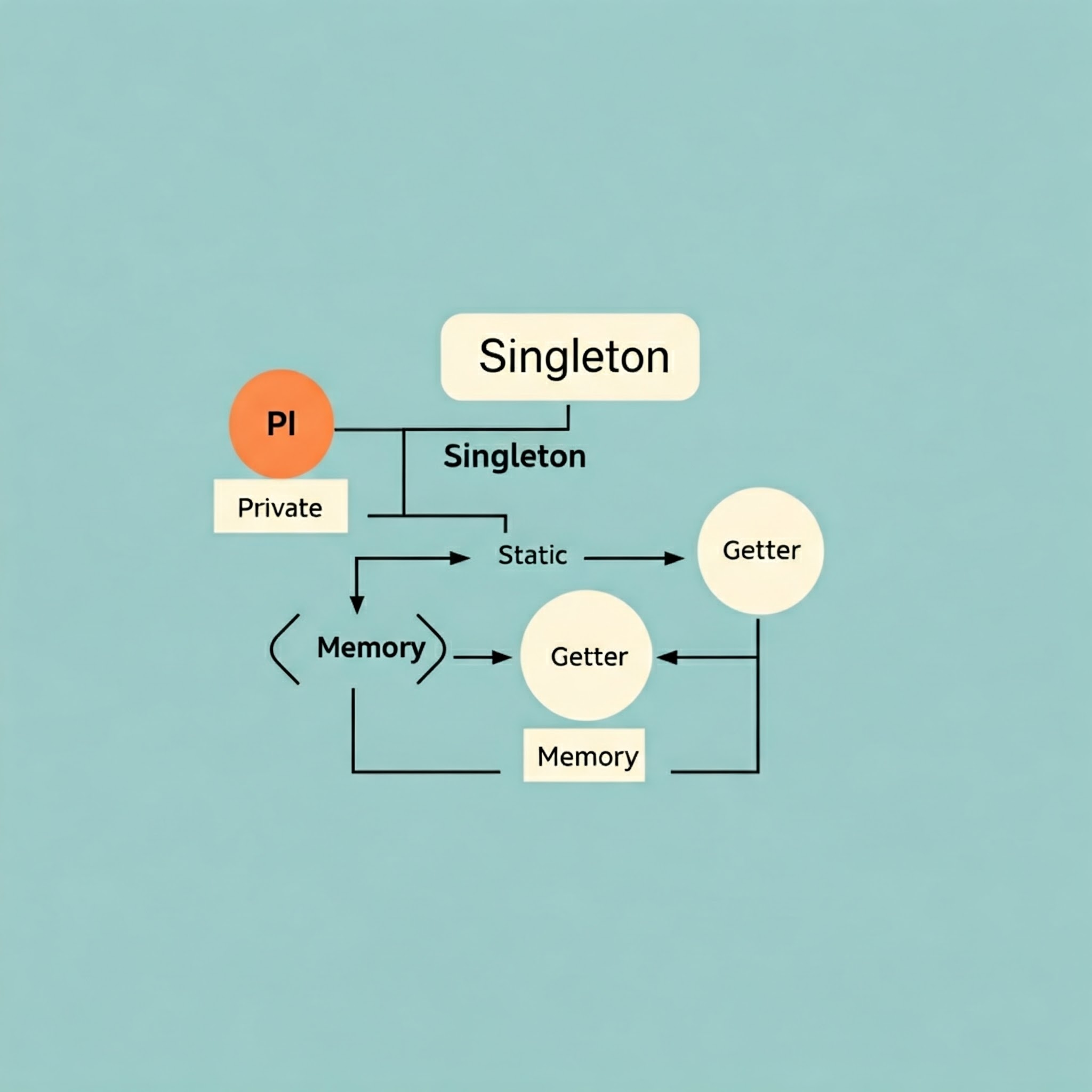· 2 min read
Singleton Design Pattern
The singleton design pattern ensures that a class has only one instance and provides a global point of access to it. It's commonly used for managing shared resources, configurations, or logging mechanisms.

The Singleton Design Pattern ensures that a class has only one instance and provides a global point of access to it. It’s commonly used for managing shared resources, configurations, or logging mechanisms.
Here’s a brief explanation and a simple implementation in Java:
Key Features of Singleton:
- Single Instance: Only one instance of the class exists in the JVM.
- Global Access Point: The instance is accessible globally via a static method.
- Thread-Safe (optional): Can be enhanced to work correctly in multithreaded environments.
Example: Thread-Safe Singleton Implementation in Java
public class Singleton {
// Private static instance of the class
private static volatile Singleton instance;
// Private constructor to prevent instantiation
private Singleton() {
// Prevent instantiation via reflection
if (instance != null) {
throw new IllegalStateException("Instance already created");
}
}
// Public method to provide access to the instance
public static Singleton getInstance() {
if (instance == null) { // First check (no synchronization)
synchronized (Singleton.class) {
if (instance == null) { // Second check (thread-safe)
instance = new Singleton();
}
}
}
return instance;
}
// Example method to demonstrate functionality
public void showMessage() {
System.out.println("Hello from Singleton!");
}
}Explanation:
- Private Constructor: Prevents direct instantiation of the class.
- Static Instance: A
staticfield holds the single instance. - Lazy Initialization: Instance is created only when
getInstanceis called. - Thread-Safe (Double-Checked Locking): Ensures only one instance is created even in multithreaded environments using a synchronized block.
- Volatile Keyword: Prevents instruction reordering and ensures visibility of the instance across threads.
Usage:
public class Main {
public static void main(String[] args) {
// Retrieve the singleton instance
Singleton singleton = Singleton.getInstance();
// Call a method on the singleton instance
singleton.showMessage();
}
}Why Use Singleton?
- To ensure a single point of access to shared resources.
- To control concurrent access in multi-threaded environments.
- To avoid the overhead of multiple object creations.
This implementation is robust, thread-safe, and ensures compliance with best practices for creating singletons in Java.



